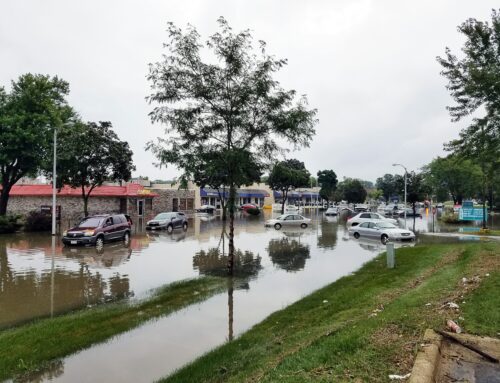The U.S. Army Corps of Engineers may have misrepresented economic benefits for its construction projects as part of the agency's secret plan to grow the agency. The result would be unneeded waterways that cost taxpayers billions of dollars.
In a recent case, it appears the Corps of Engineers, under pressure from agricultural and barging interests, inflated economic benefits to justify a $1.2 billion expansion of five locks on the Upper Mississippi River and two others on the Illinois River.
A senior economist working for the Corps of Engineers blew the whistle on the Corps' misrepresentation of a $50 million study of the Upper Mississippi River project. The economist led a team whose preliminary findings indicated that the cost of expanding locks on the Upper Mississippi River and the Illinois River were projected to far outweigh the benefits. The economist was removed from the project and internal Corps correspondence indicate that Corps officials “cooked the books” to justify the lock expansion.
Despite the billion-dollar price tag, if the 32 locks and dams on the Upper Mississippi River were auctioned off to the private sector, they would sell for only $350 million, according to recent study by the University of Illinois.
The Upper Mississippi lock expansion would not be the first time the Corps of Engineers has wasted taxpayer money. In 1985, Corps constructed the 234-mile, $2 billion Tennessee-Tombigbee Waterway (Tenn-Tom), to connect the Tombigbee River to the Tennessee River. The Corps predicted the waterway would float 27 million tons in its first year of operation.
However, fifteen years later, traffic on Tenn-Tom has peaked at only 6 million tons per year. What was to have been one of the Corps' greatest post-war construction feats has turned out to be one of its most embarrassing boondoggles.
In 1994, the Corps of Engineers opened another $2 billion waterway on the Red River, enabling barge transportation from the Mississippi River to Shreveport, Louisiana. A study by University of Maryland transportation economist Robert Stearns found that, as of 1997, the waterway's commercial traffic was only about 150,000 tons – about four percent of the predicted haul for that year.
In fact, the vast majority of segments on the inland waterway system are under-performing money-losers. The Corps of Engineers continues to exploit the American taxpayer to fund its pet projects. There should be a moratorium on authorizing any new Corps projects until a thorough investigation has bee completed and reforms have been implemented.











Get Social